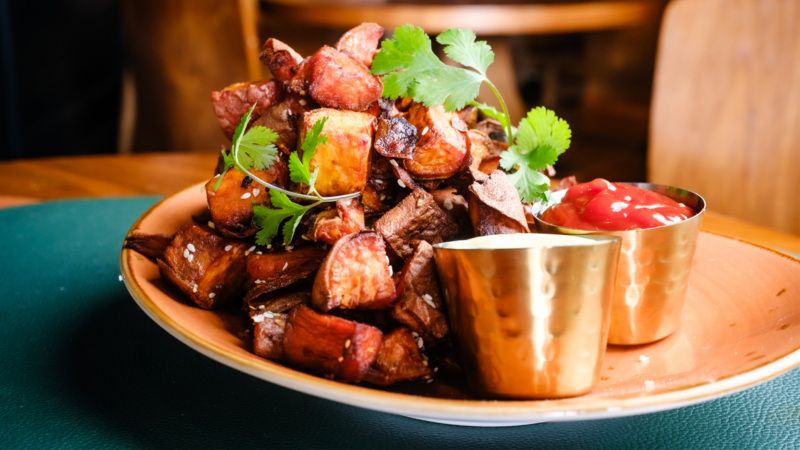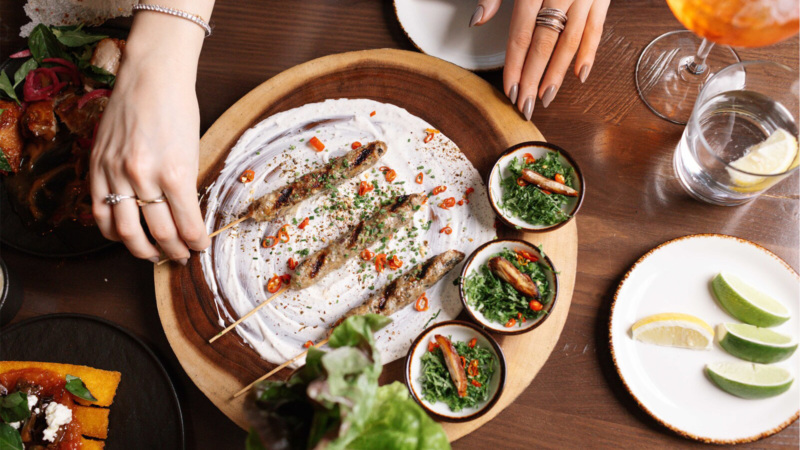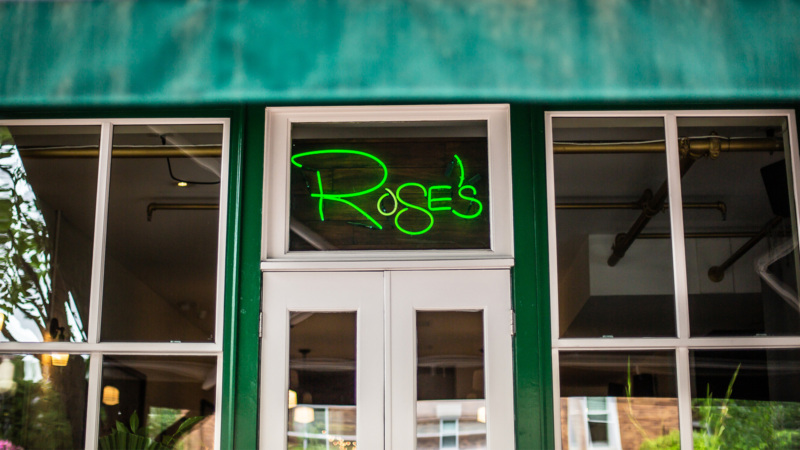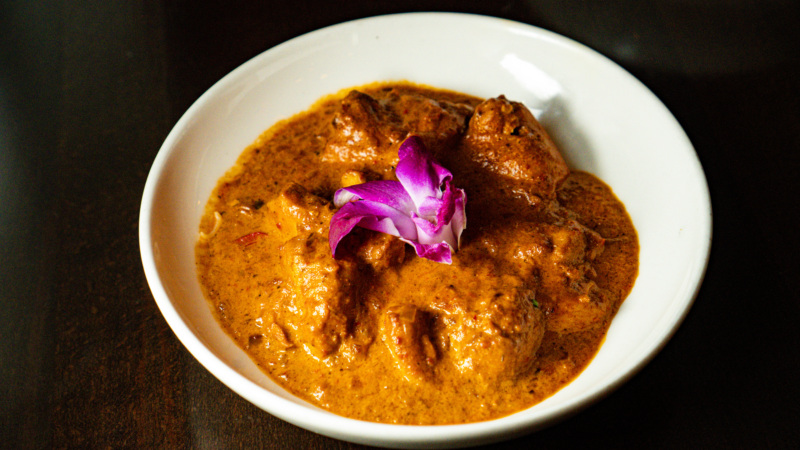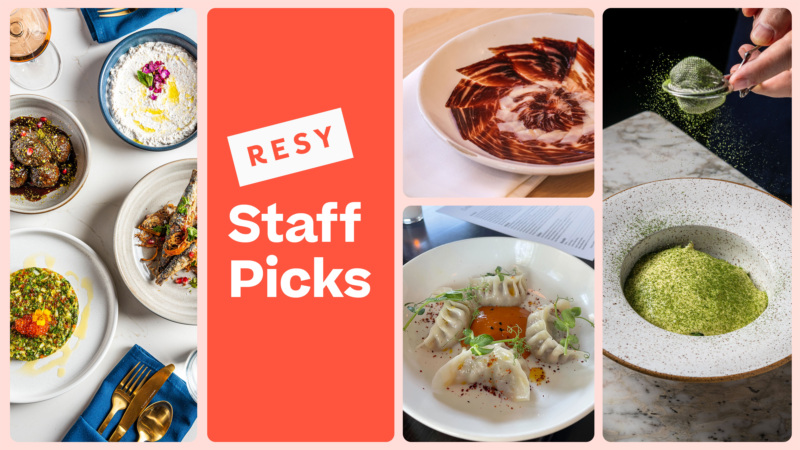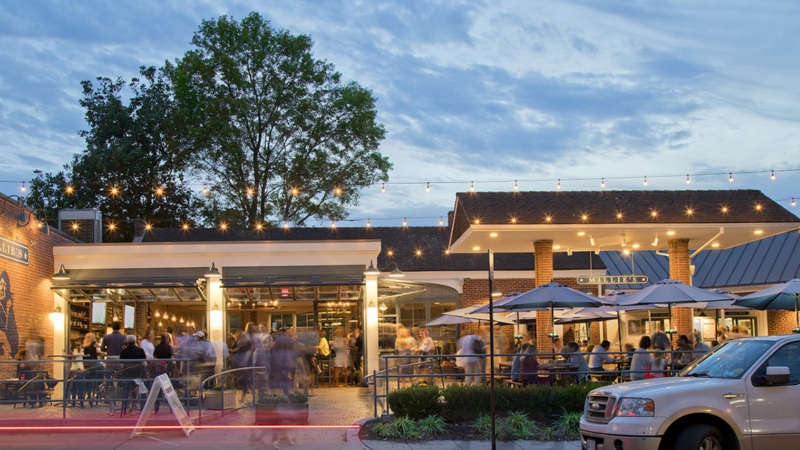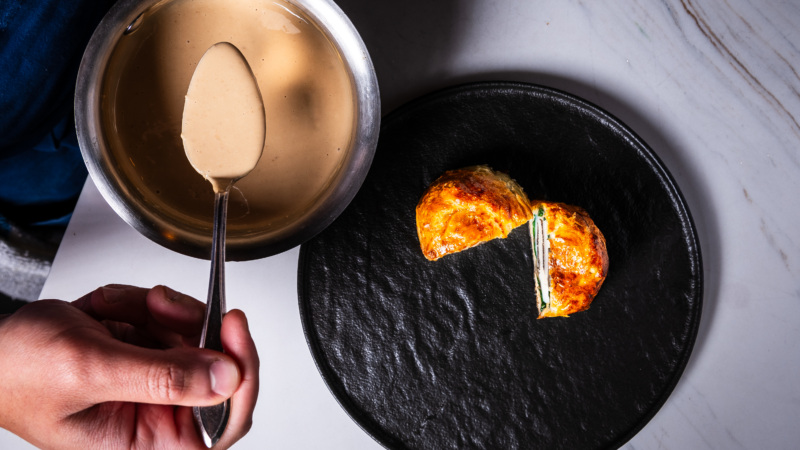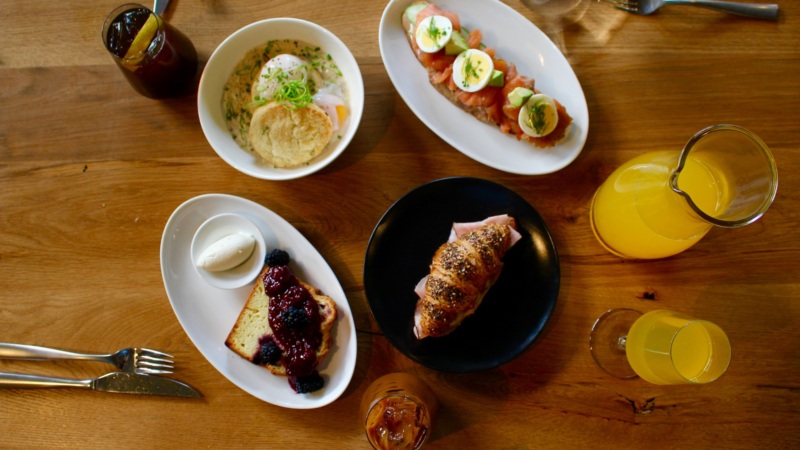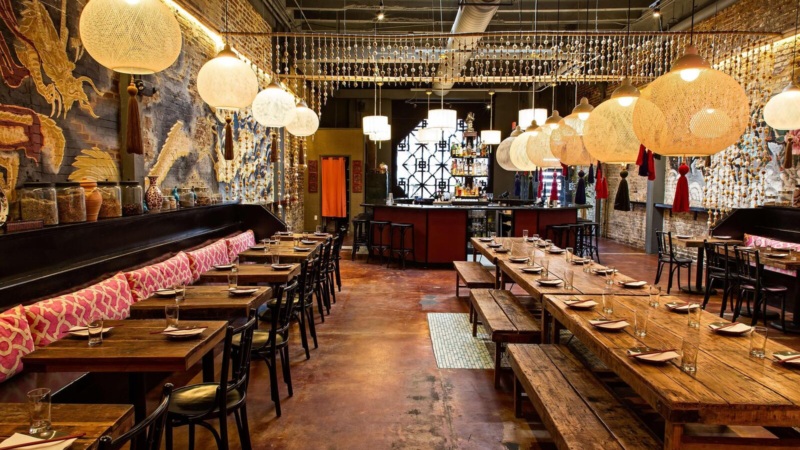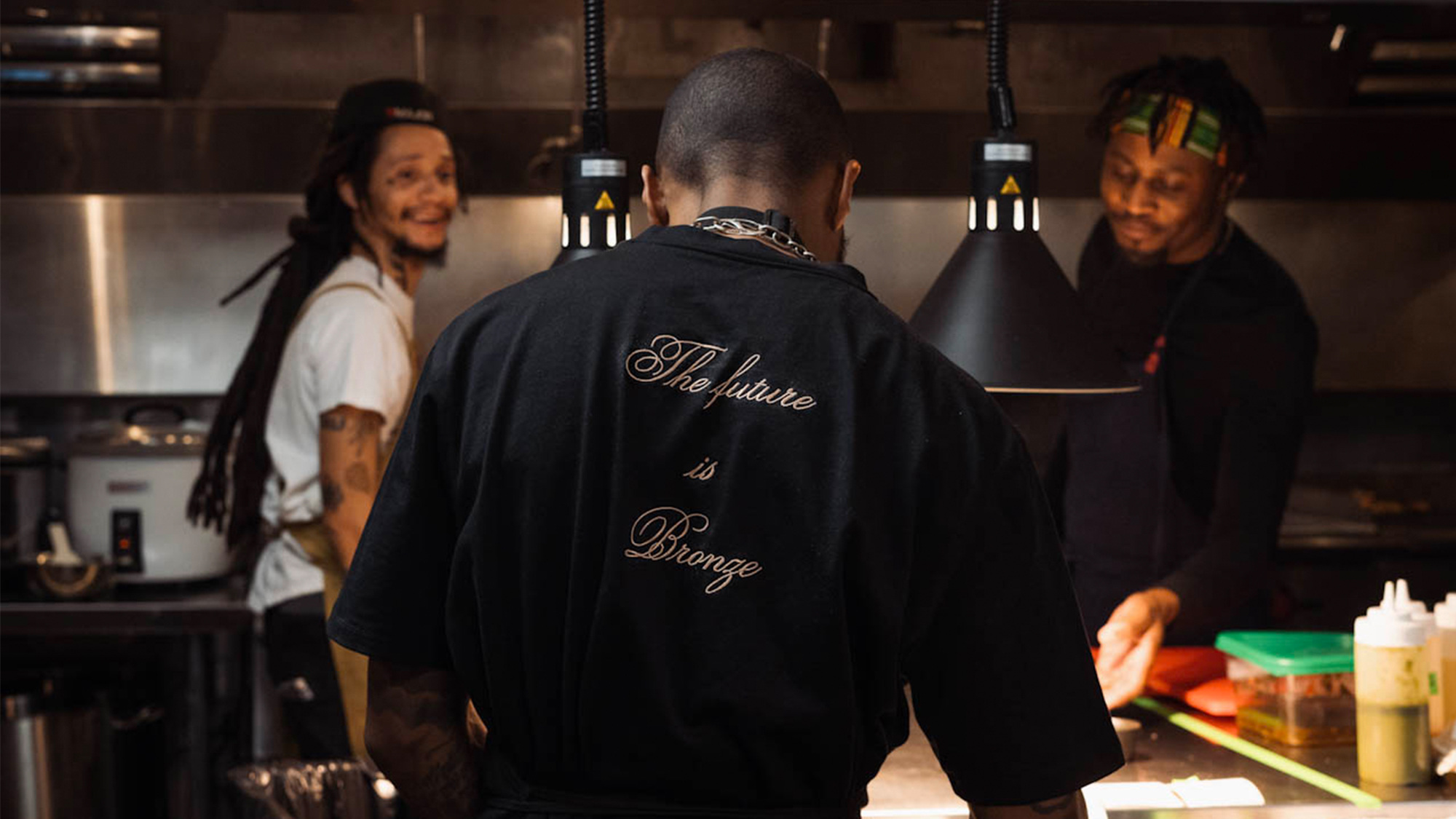
How D.C.’s Bronze Reimagines Ancestral Foods Through Afrofuturism
One of D.C.’s most highly anticipated restaurant openings is finally here. That’s right, Bronze, an 150-seat Afrofuturistic restaurant concept, is now open.
Set in the old Smith Commons space, Bronze was dreamt up by 15-year hospitality vet and D.C. native Keem Hughley, who’s assembled an all-star cast of Black talent to bring his vision of a world-class dining experience to life, from Black-owned architecture firm Drummond Projects to cocktail maven Al Thompson. Most notably, he tapped Toya Henry to lead the kitchen as Bronze’s executive chef.
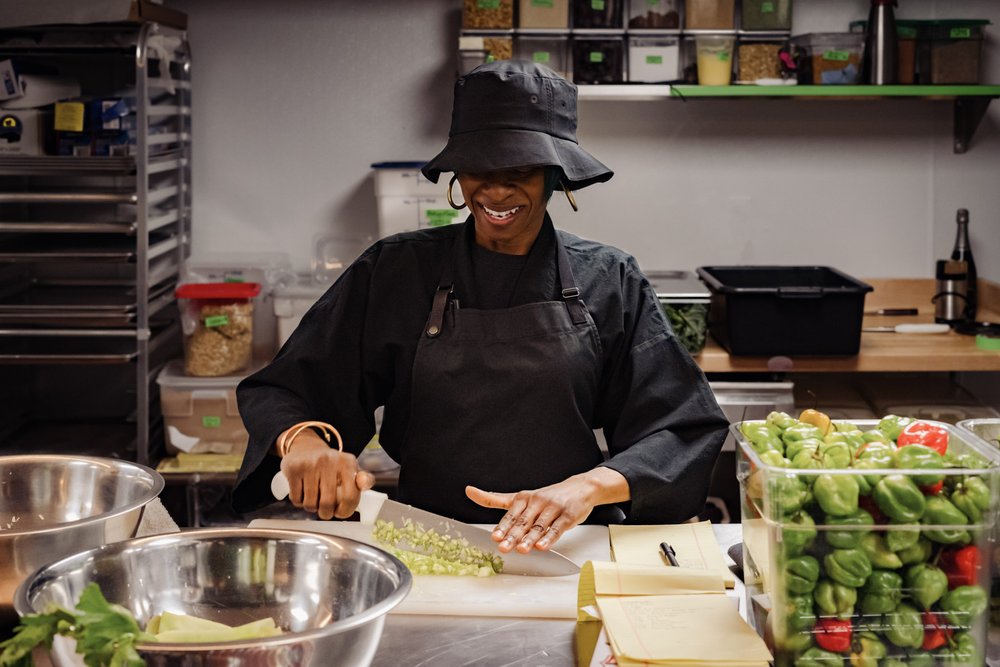

A cultural movement with roots in science fiction and fantasy, Afrofuturism reclaims the history of the African diaspora to imagine an empowering, technologically advanced future through a Black lens. Think Black Panther in pop culture. Or in Bronze’s case, Alonzo Bronze, a fictional character and travelling African chef at the heart of the three-story-high restaurant.
For Henry, the restaurant and its titular character are an exciting platform to present traditional foods from the African diaspora, using cooking techniques that are fading away. “For me, it’s the best way of cooking things because you capture the real essence of the food,” she says. “I felt it would be a disservice to the ancestors to let that slip away and with Bronze, I want to keep the path that was paved alive in a futuristic way. From there, the menu possibilities were endless.”
To inform Bronze’s menu, she read books, listened to music (“African folk, jazz, neo soul, electronic — music and food tell the stories of our ancestors”), and quizzed her family (Henry is a Brooklyn native with Caribbean ancestry). But most importantly, she spoke with a “whole bunch of grandmas and grandpas,” she laughs, even older Uber drivers she’d meet and talk into sharing fish dishes and other passed-down recipes from their respective African homelands.
Collectively, Henry pulls from the culinary traditions of Ghana, South Africa, Mauritania, Nigeria, Tanzania, the Caribbean, and America at Bronze, where everything is made from scratch, from the grinding of spices to the pasta and dumpling skin doughs. Here, she dives into five dishes on Bronze’s menu, where ancestral foods are reimagined and modernized.
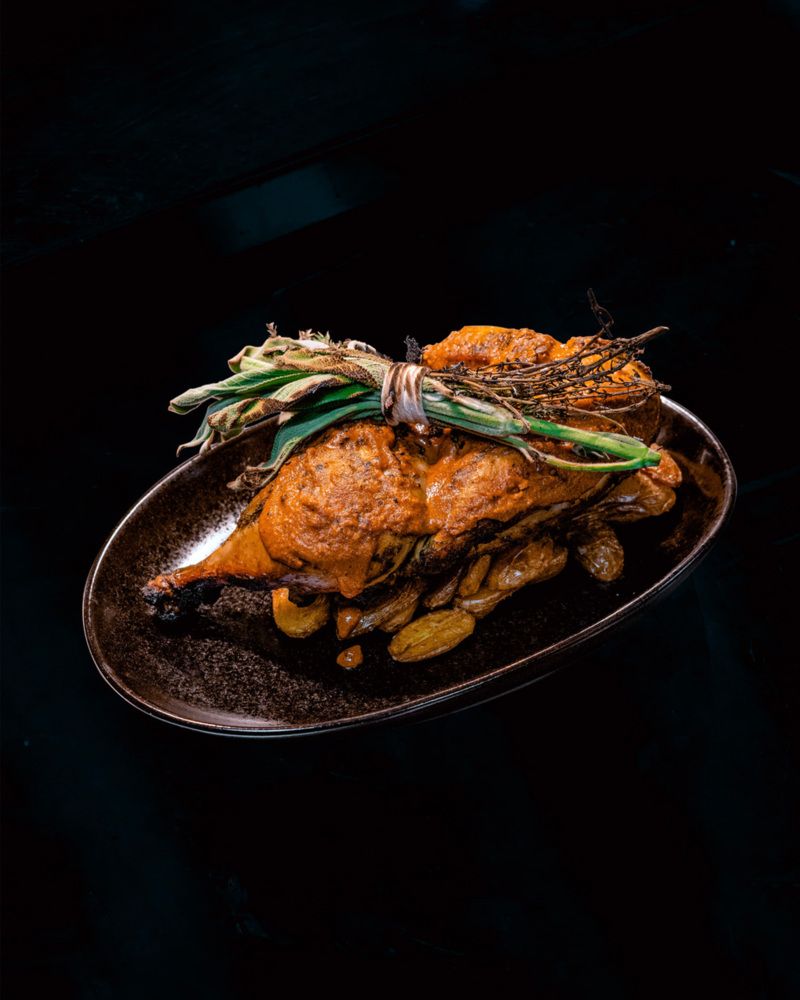

1. Grilled Poulet
“Our grilled poulet with the cashew bird’s eye glaze is a play off of two things: a seasoning that’s been in my family for six generations and a play on traditional suya. My intention with this dish is to take diners on a journey through the vision behind Bronze — Alonzo Bronze, a spice traveler that travels into different lands — and offer a glimpse into my ancestors from the Caribbean. It’s a spicy dish that’s vibrant and hearty and has a few Japanese influences.
“We prepare a whole bird for a party of four and a half bird for couples or solo diners. The chicken is stuffed with herbs and alliums, like thyme, marjoram, and Thai basil. We sous vide it for about four hours, then it’s grilled, and served with fresh herbs and oyster mushrooms. The cashew glaze was partially inspired by suya. Suya is a grilled dish consisting of several proteins — beef, chicken or shrimp; you can use offal as well — which are then rubbed generously with a blend of dry spices, and most importantly, peanuts and spicy peppers. The cashew glaze is a combination of cashews, chile peppers, palm sugar, and fermented soybeans. It’s sweet, savory, and spicy.”


2. Braised Oxtail with Pappardelle
“I wanted to highlight the beauty of ground spices. Warm cinnamon, nutmeg, and star anise are a few that tie this dish together, and I wanted it to feel like you’re having a home-cooked dish with your family, prepared by your grandmother. That’s what I envisioned. Oxtail is one protein that ties all cultures together: My dad is from Jamaica, my mom is from Barbados, and both households prepare oxtail every other Sunday even though they are from two different places.
“Here, the oxtails are braised slowly, and they’re cooked for about three hours in a dashi stock with ground spices, tomatoes, roasted barley, malt, and hops, which give the oxtails a rich and distinctive flavor. It’s served with baby lima beans and butter beans. Then, the oxtails are tossed with fresh pappardelle pasta that is coated in a house herb that’s almost like pesto. I call it “almost pesto” because it doesn’t contain any type of nuts — pesto usually has pine nuts — and ours is all herbs: there’s parsley, Thai basil, and Greek olive oil. It’s a special olive oil that I get from one of my mentors, Mina Stone. Her husband actually goes to one of the islands in Greece to get it.”
3. Bush-Smoked Snapper
“This was inspired by bush cooking, known as open fire cooking. It’s a traditional way to cook outdoors in parts of the Caribbean, Africa, and the Americas. And to create our own style of bush cooking in house, we have a grill system to capture its essence.
“To prepare this dish, we stuff the snapper with fresh herbs — you have sage, thyme, shallots, Thai basil, lemons, and navel oranges. Then, it’s slowly smoked with pimento leaves and berries — the Jamaican pimento berries have a unique fragrance and flavor compared to the allspice that you’re buying from the supermarket. Once the fish is done, it’s lightly coated with a black barrel sauce, a house sauce that’s a combination of molasses, dark rum, Jamaican escallion, and Scotch bonnet, that’s slowly cooked with palm sugar and garnished with a callaloo relish. Callaloo is actually a leaf that grows from a root vegetable, dasheen, which some people call taro. To finish, the snapper is paired with chilled citrus snow pea shoots.”


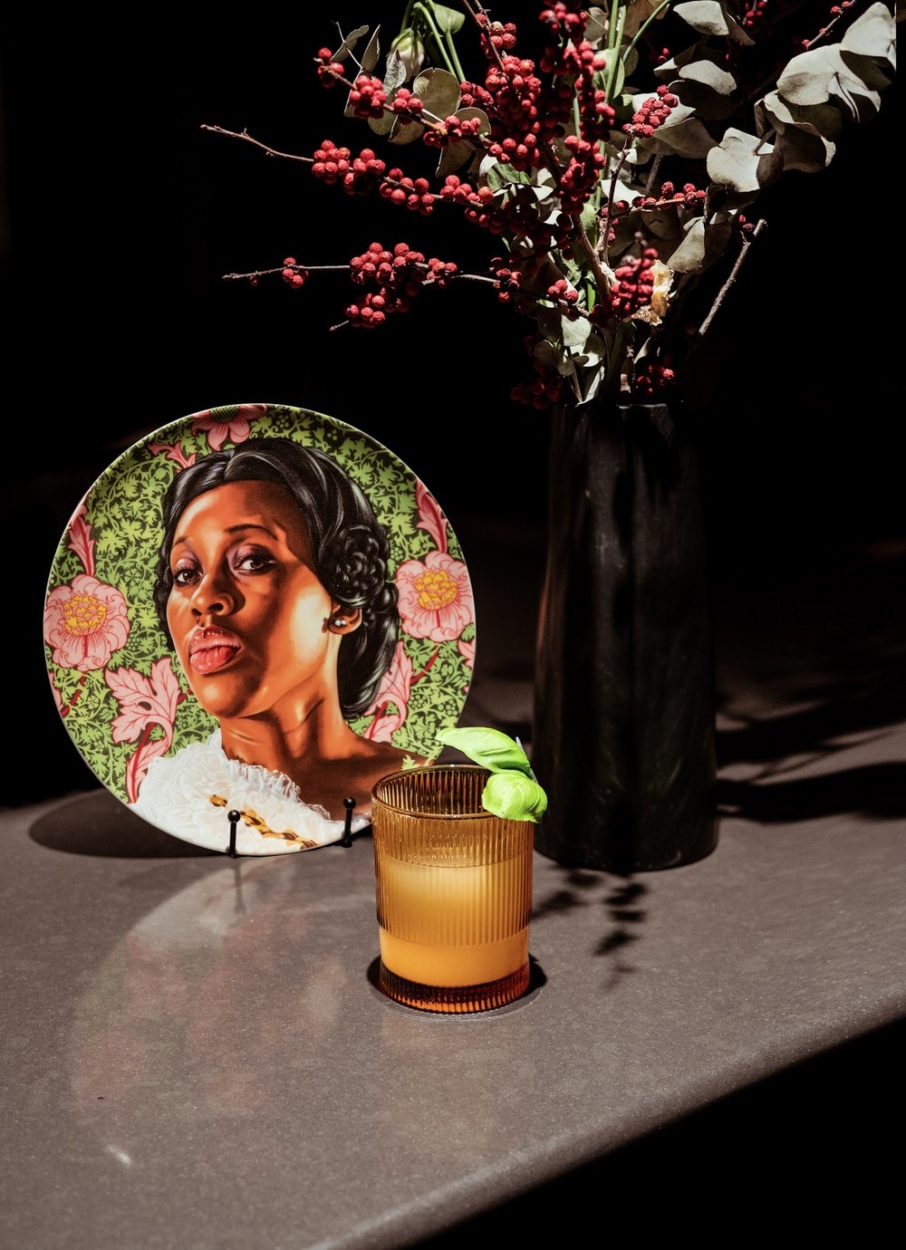
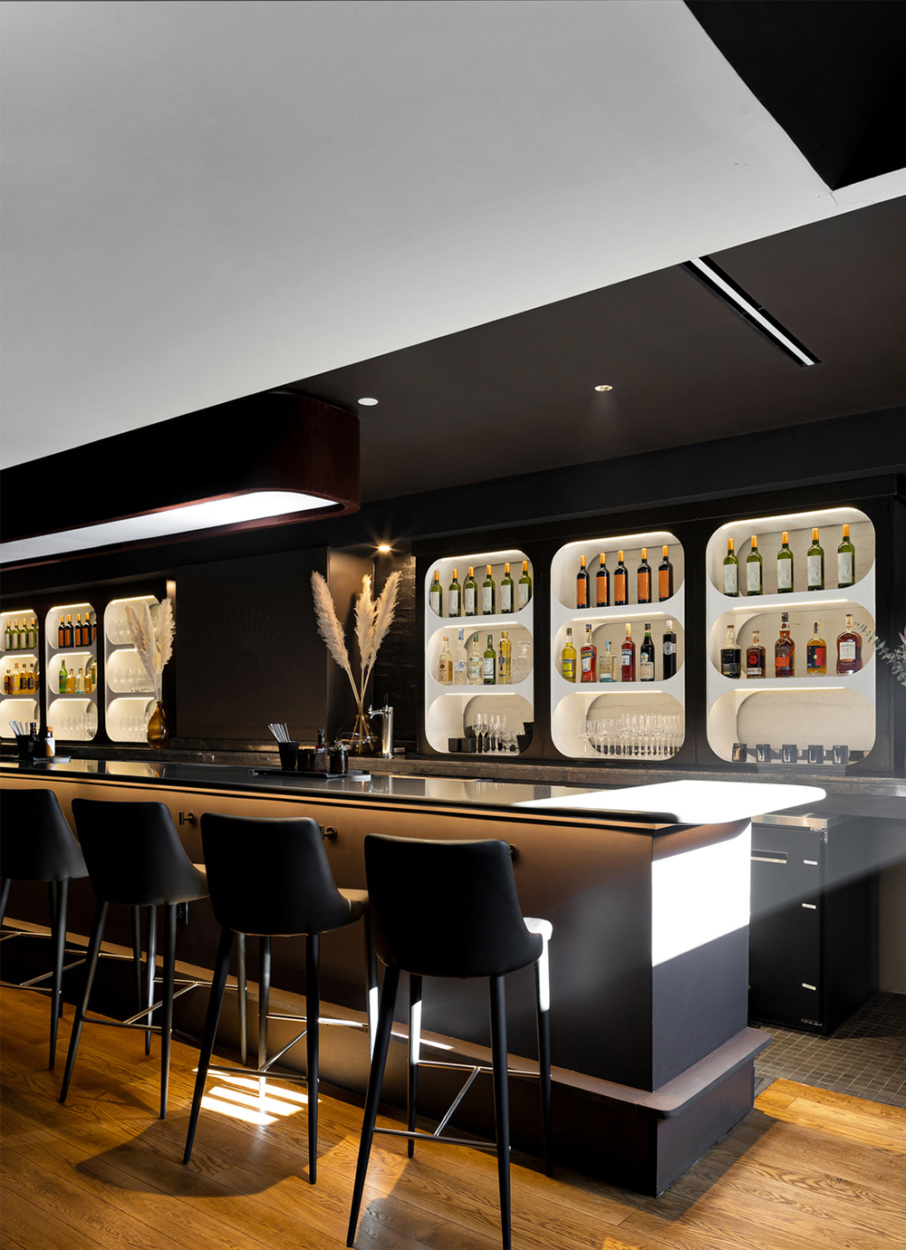
From the Resy Tipline:
Keep your eyes peeled for the following two dishes, coming to the Bronze menu very soon …
4. Short Rib Gyoza
“The idea behind the short rib gyoza was to focus on balance and healing properties. The short ribs are seasoned with a house spice blend and marinated in mauby to lighten the heaviness of the beef. Mauby is a fermented tree bark drink, and I incorporated it to create balance. This one ingredient is essential to balance the dish, from our small plates menu, before guests move on to one of the main courses. We sous vide the short ribs and combine them with celtuce, wood ear mushrooms, and carrots. And then it’s paired with a plum sauce: a combination of black and red plums steeped in a South African Syrah wine.”
5. Okinawan Patatas Bravas
“For the Okinawan patatas bravas, I wanted to play on eating colors. When I approached this dish, I wondered what the color purple would taste like and how it would make me feel. Same thing with the color yellow. Personally, purple is sweet, thoughtful, and opulent, whereas yellow is bold, savory, exciting, and a slice of home. And being that we are heavily influenced by Afrofuturism, I wanted to tap into the emotions of color.
“The Okinawan patatas bravas are 21 layers of rich purple potatoes that are pressed with cream and butter, then seared. It’s paired with a golden miso turmeric sauce, which plays on masala spices and bold colors. The dish is finished with a vegetable that binds us to our ancestors: charred okra, zested with makrut lime.”


